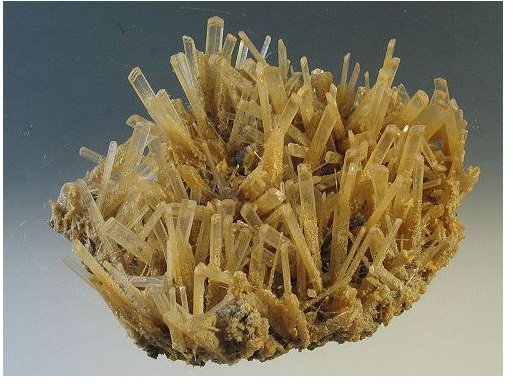Calcium Deficiency in Organic Garden Plants: Preventing & Treating Plant Calcium Deficiency Naturally
Your organic garden brings many challenges. Preventing and treating calcium deficiency is one of them. Calcium deficiency in garden plants can show up in a number of ways, and can affect the appearance or viability of your vegetables and fruit.
What are the Symptoms of Calcium Deficiency in Organic Garden Plants?
Calcium deficiency in organic garden plants takes many forms. General symptoms include leaf margin necrosis on young leaves, leaf curling, and eventually terminal bud and root tip death. New growth is affected first, but the older leaves can be affected if the deficiency isn’t corrected.
Many have heard of or experienced blossom end rot on tomatoes and peppers. It begins with a sunken, decayed spot on the end of the fruit farthest from the stem - the blossom end. It’s possible that not all the fruit on the plant will be affected.
On other crops, symptoms include “bitter pit” on apples, where pits appear on the skin, and brown spots develop on the skin or in the flesh. The taste of those areas is bitter.
Cabbage and brussell sprouts may develop internal browning, while celery may have stunted growth of the central leaves.
“Cavity Spot” in carrots starts as oval spots that progress into craters.
Treatment of Calcium Deficiency in the Organic Garden
If there are only a few garden plants to be treated, crushed egg shells can be used to provide all the calcium they need. Crush the eggshells very finely, then dig about 2 inches into the soil around the plant.
If there are more garden plants, or a larger area, you will have to add calcium in another form. Those with acid soil can add lime. There are four different kinds of lime, and they act in different ways.
Types of Lime for Organic Garden Plants
Calcium Carbonate (CaCO3) makes up more than 4% of the earth’s crust. Sometimes called agricultural lime, this is the lime that is also used as an antacid. The calcium in this type of lime is slow release, so not good for immediate results. This lime is usually added to soil to raise the pH of acid soil.
Calcium-Magnesium Carbonate (CaCO3-MgCO3) or dolomitic lime also adds magnesium to the soil, and also works slowly.
Calcium Oxide, also called burned or quick lime (CaO) acts very quickly, but must be used with caution, as it can damage plants if you use too much.
Calcium Hydroxide (Ca(OH)2) is made by adding water to Calcium Oxide. It is also known by homemakers as pickling lime, and is used to crisp vegetables and fruit rinds for preserving. It isn’t usually used in agriculture.
Calcium for Alkaline Organic Garden Soils
All of the limes will raise the pH of the soil. So what do you do if you already have alkaline soil?
Calcium sulfate dihydrate (CaSO4·2H2O.[3]), or Gypsum, can be used to lower the pH of alkaline soil and add calcium. If you are growing an acid loving crop, such as tomatoes or it’s cousins, eggplants and peppers, and your soil is alkaline, this is what you should use.
Always follow label directions when using lime, because over-liming can be more detrimental to the plants than calcium deficiency. Before planting, it’s always best to get a soil test done to determine exactly what you need to add to the soil to get the best pH. The proper pH can make nutrients like calcium more available to your garden plants, and help you have a healthier organic garden before you even start.
Growing an organic garden is a wonderful endeavor, and an excellent way to reduce your carbon footprint. Adding calcium to your soil at the right time and in the right amounts can help you prevent and treat calcium deficiency, and produce a healthier crop.
Source: The author has an AS in Horticulture and has been gardening and working in the horticultural industry for over 40 years. She has been writing about gardening since 2008.
Photo Credit: CCSA 2.5 licensed by Kluka at Wikimedia Commons
